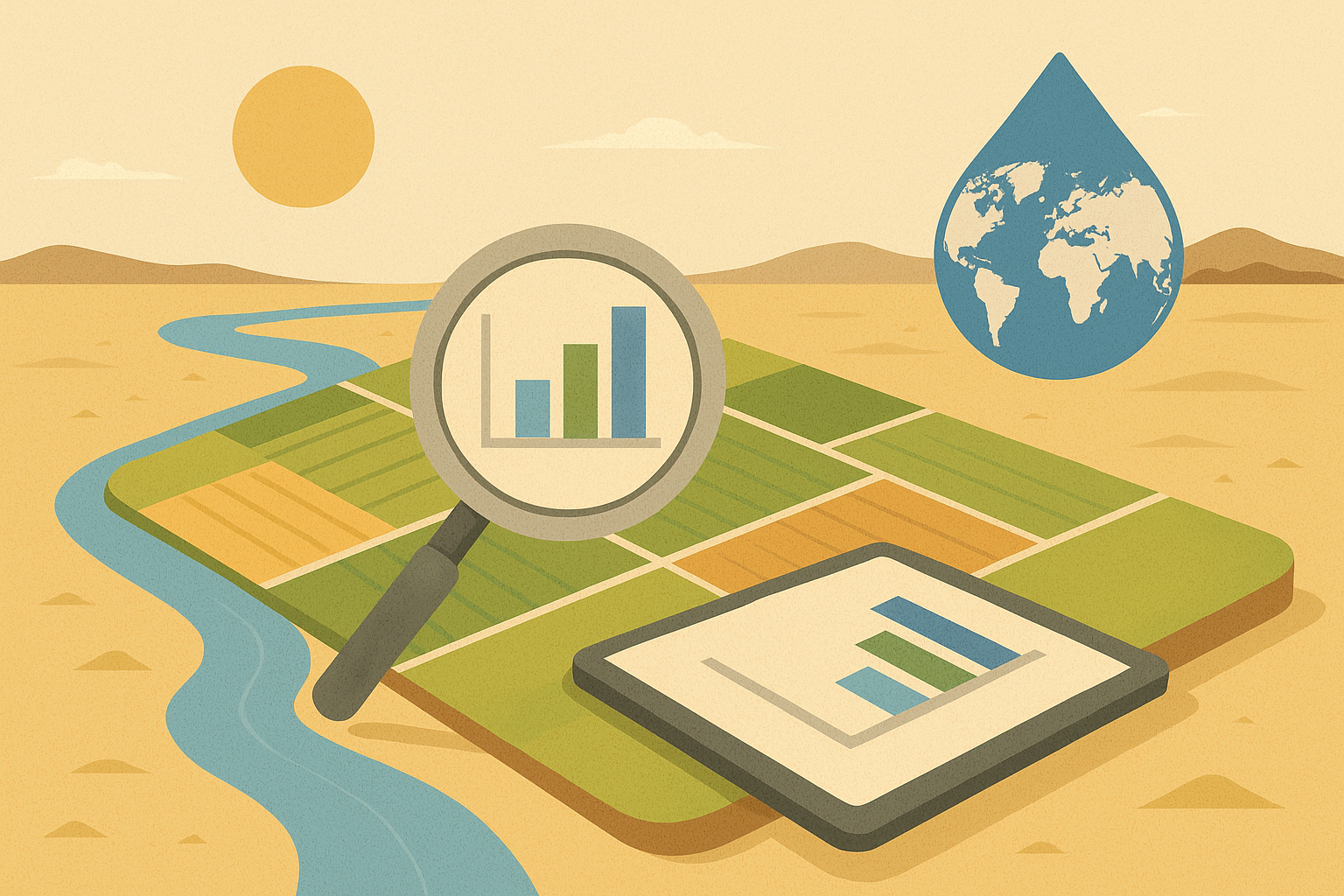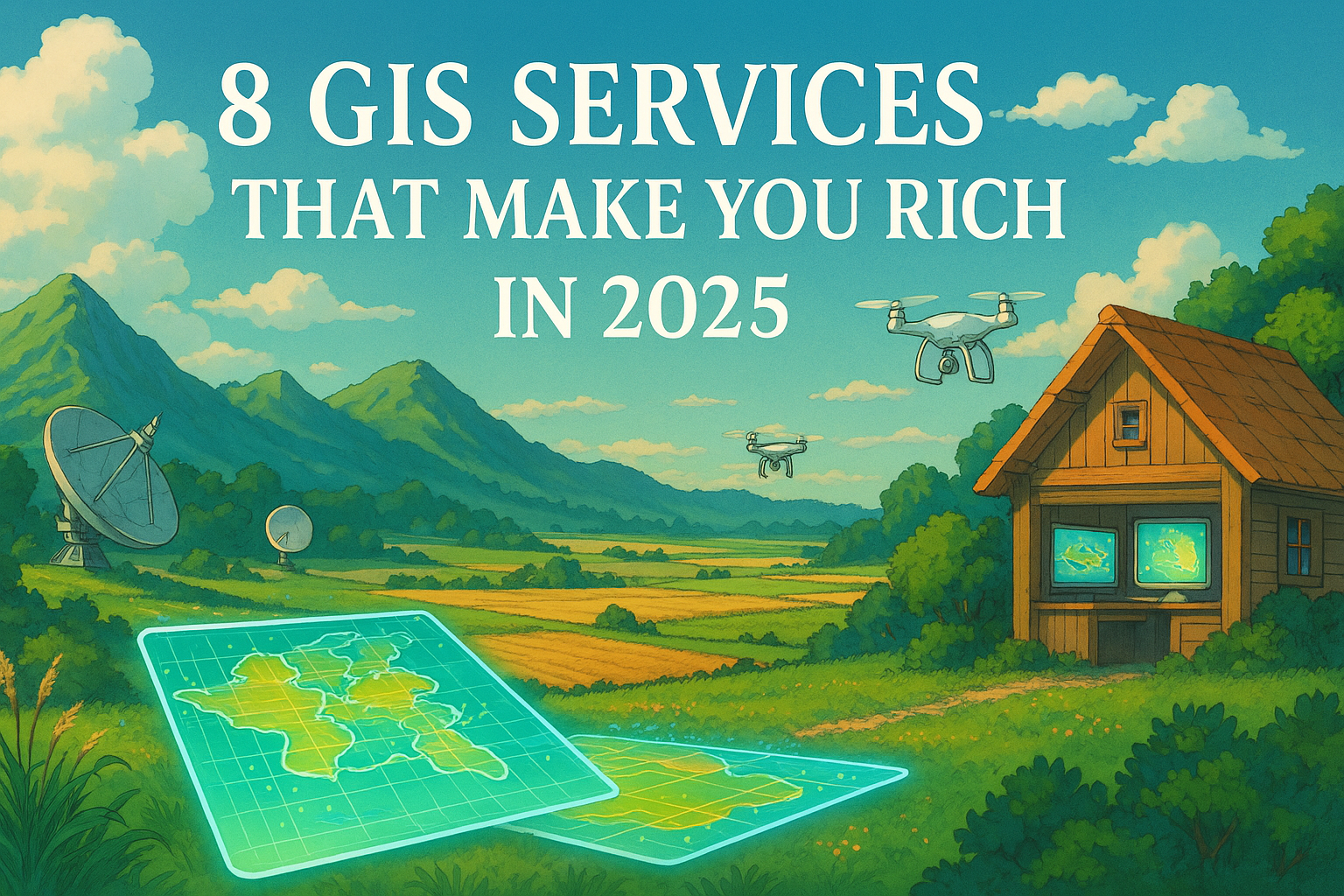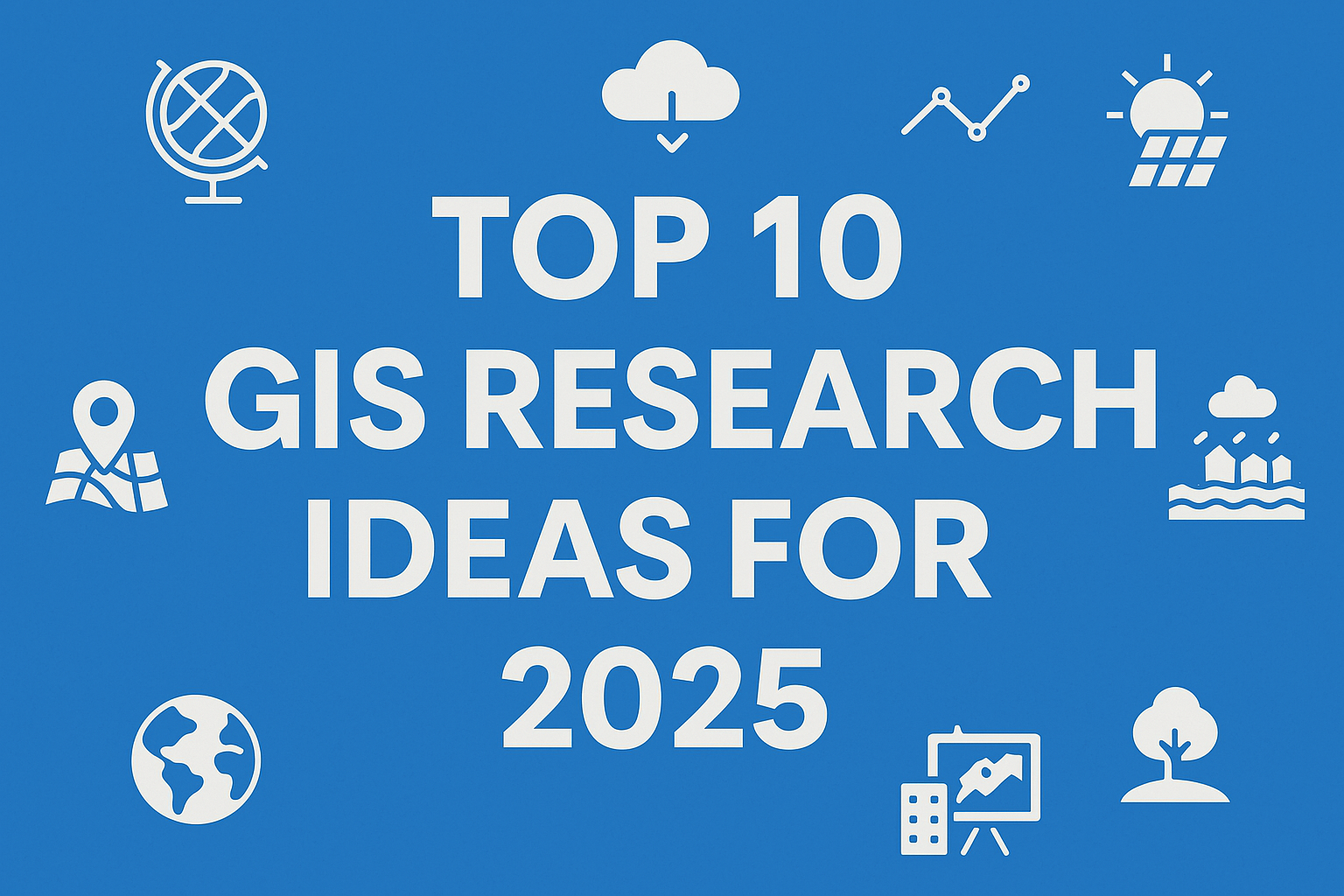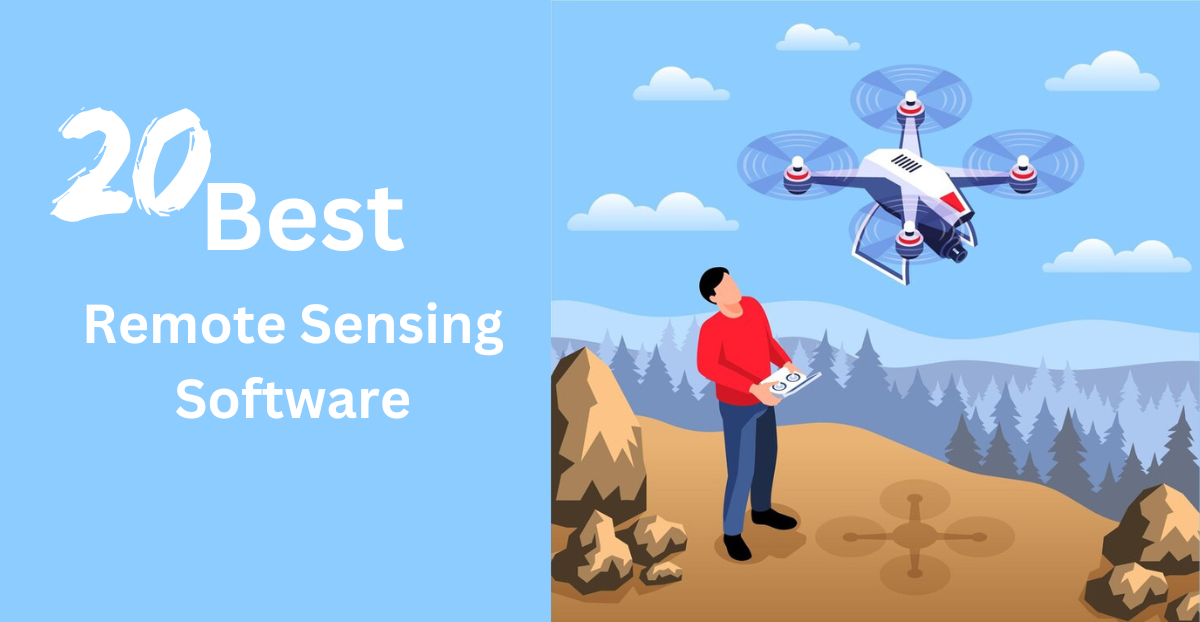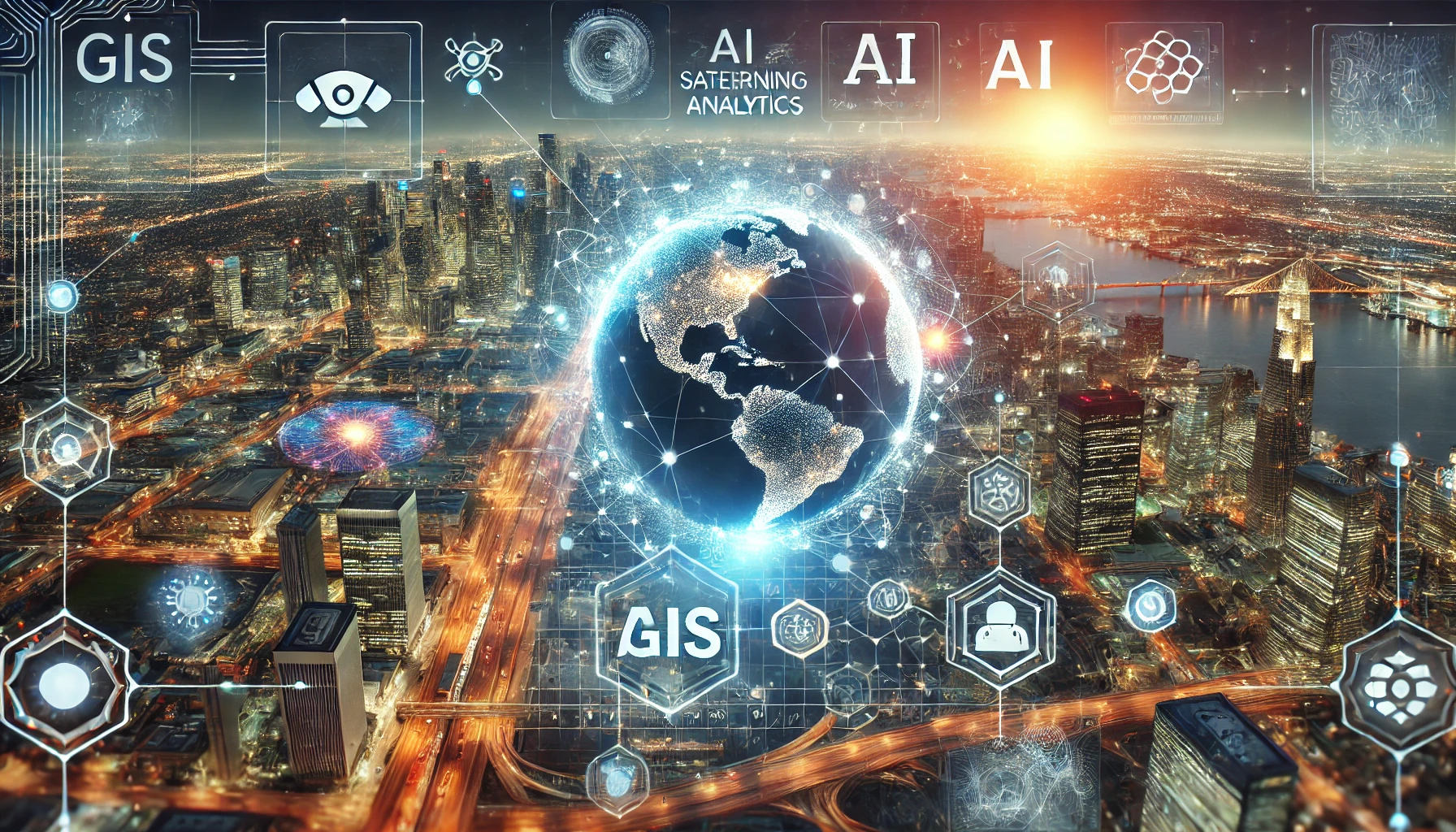How GIS is Revolutionizing Irrigation Planning in Dry Regions [2025]
Practical Examples from Arid/Semi-Arid Zones Using Water Efficiency In water-scarce areas, especially arid and semi-arid regions, efficient irrigation is not just a choice—it’s a necessity. Geographic Information Systems (GIS) are playing a transformative role in modern irrigation planning, helping farmers and planners make informed, data-driven decisions to optimize water usage, increase crop productivity, and ensure sustainability. In this blog post, we explore how GIS technology is revolutionizing irrigation planning in dry regions, with real-world examples and practical applications. What is GIS and Why is it Important for Irrigation? GIS (Geographic Information System) is a powerful tool that captures, stores, analyzes, and visualizes spatial data. In irrigation planning, GIS integrates satellite imagery, climate data, soil maps, and topographic information to help determine: Where water is most needed How water can be delivered efficiently What crops are best suited to specific micro-zones How much water is needed at different times Challenges in Irrigation Planning in Dry Regions Dry regions often face: Low and erratic rainfall High evaporation rates Saline or degraded soils Limited groundwater resources Traditional irrigation planning in such regions can result in water wastage, poor crop yields, and land degradation. That’s where GIS changes the game. How GIS Helps in Smart Irrigation Planning 1. Identifying Suitable Cropping Zones GIS can combine layers of soil texture, slope, and climate data to classify land into zones most suitable for certain crops. This prevents farmers from growing water-intensive crops in unsuitable areas. Example:In Rajasthan, India, GIS tools helped identify suitable areas for less water-intensive crops like millet and pulses, replacing water-thirsty sugarcane and saving millions of liters of water annually. 2. Designing Efficient Irrigation Networks By analyzing topography and elevation data, GIS supports the design of gravity-fed irrigation systems that reduce the need for pumps and conserve energy. Example:In the Mekelle region of Ethiopia, GIS mapping helped in designing contour-based irrigation channels that reduced runoff and increased water retention in the soil. 3. Monitoring Crop Health and Water Stress With remote sensing data, GIS can detect NDVI (Normalized Difference Vegetation Index) to assess crop health and identify areas under water stress, enabling timely interventions. Example:In southern California, GIS-based NDVI analysis allowed almond farmers to adjust irrigation zones based on real-time plant stress levels, leading to a 20% increase in water-use efficiency. 4. Groundwater Mapping and Recharge Planning GIS helps identify aquifer zones, groundwater recharge areas, and over-extraction hotspots, supporting better regulation and sustainable use of underground water. Example:In Baluchistan, Pakistan, GIS-supported groundwater mapping helped install tubewells in sustainable zones while avoiding overexploited aquifers, reducing long-term water table decline. Related Content: Land Suitability Analysis for Agriculture Using GIS: Methods & Case Studies Top 5 GIS Projects to Improve Food Security in Developing Countries How to Use QGIS for Precision Farming: A Beginner’s Guide 5. Precision Irrigation and Drip System Design GIS allows for precision agriculture where drip irrigation lines are placed based on soil type, plant spacing, and slope, ensuring water reaches the roots without waste. Example:In Israel’s Negev Desert, GIS-guided drip irrigation systems have helped grow vegetables and fruits with up to 40% less water compared to conventional methods. Benefits of Using GIS in Irrigation for Dry Regions ✔ Optimized water use✔ Improved crop yields✔ Lower input costs (fertilizer, energy, water)✔ Reduced land degradation✔ Better climate resilience SEO Keywords to Remember: GIS in irrigation planning Smart irrigation in arid zones Water efficiency with GIS GIS agriculture applications Precision farming in dry regions GIS for sustainable water use Final Thoughts GIS is no longer a futuristic concept—it’s a practical and powerful solution for farmers and planners dealing with water scarcity in dry regions. From designing efficient irrigation networks to selecting suitable crops and detecting water stress, GIS empowers decision-making like never before. As climate change continues to challenge water availability, embracing GIS in irrigation planning isn’t just smart—it’s essential. Frequently Asked Questions (FAQs) 1. How does GIS help in irrigation planning? Answer: GIS helps in irrigation planning by analyzing spatial data such as soil type, topography, rainfall patterns, and crop suitability. This allows planners to design efficient irrigation systems, reduce water waste, and improve crop productivity, especially in arid and semi-arid regions. 2. Can GIS improve water efficiency in agriculture? Answer: Yes. GIS enables precision agriculture by identifying zones of water stress, designing accurate drip irrigation systems, and recommending crops that require less water—resulting in significantly improved water-use efficiency. 3. Is GIS cost-effective for small-scale farmers? Answer: Initially, GIS implementation may require investment, but many governments and NGOs now offer GIS-based tools and services at low or no cost. Over time, farmers benefit from reduced water bills, increased yield, and optimized resource use, making it highly cost-effective. 4. Which regions have successfully implemented GIS for irrigation? Answer: Regions like Rajasthan (India), Negev Desert (Israel), Baluchistan (Pakistan), and Southern California (USA) have successfully implemented GIS for smart irrigation planning, resulting in substantial water savings and increased crop yields. 5. What kind of data does GIS use for irrigation planning? Answer: GIS uses various data types including: Satellite imagery Soil maps Rainfall and temperature data Land slope and elevation models Vegetation indices like NDVI These datasets are layered and analyzed to support informed decision-making.
